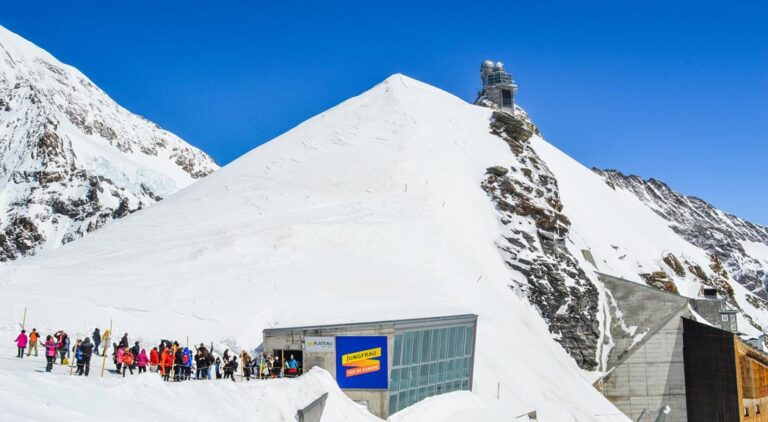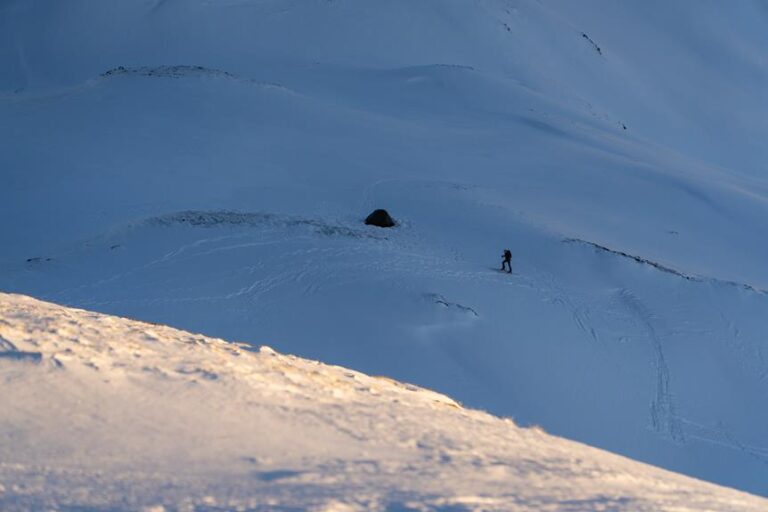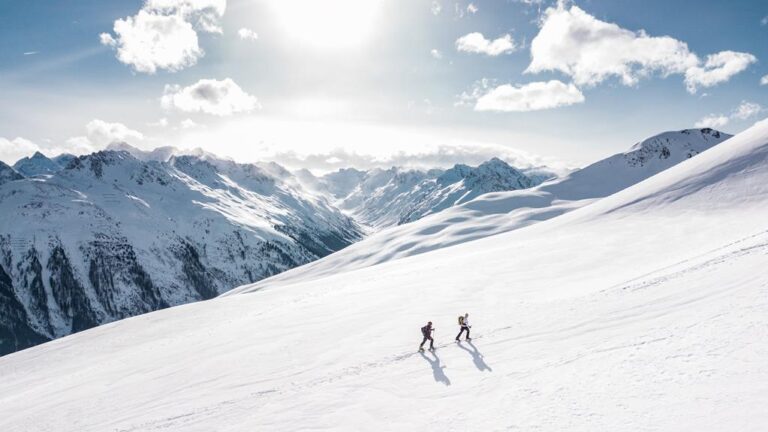Skiing in Warm Weather – Hidden Gems Uncovered
Have you ever wondered what it would be like to hit the slopes in warm weather? Skiing in warm weather may seem unconventional, but it opens up a whole new world of possibilities.
While it may not offer the crisp, cold conditions you're used to, there are still plenty of reasons to give it a try. In this discussion, we will explore the unique challenges and advantages of skiing in warm weather, as well as provide tips and insights to help you make the most of your warm-weather skiing adventure.
So, whether you're a seasoned skier looking for a new experience or a curious beginner, read on to discover the joys of skiing in higher temperatures.
Gear Essentials for Warm-Weather Skiing
When skiing in warm weather, it's essential to have the right gear to ensure a comfortable and enjoyable experience. The first gear essential for warm-weather skiing is lightweight, breathable clothing. Opt for clothing that allows air to flow and keeps you cool. Consider wearing moisture-wicking base layers to keep sweat away from your body and maintain a dry and comfortable feel.
Another important gear essential is sunglasses or goggles with good ventilation. These will prevent fogging and protect your eyes from the sun's glare. Look for options that offer UV protection as well.
To protect your skin from the sun's harmful rays, sunscreen with a high SPF is a must. Apply it generously to exposed areas like your face, neck, and hands. Reapply throughout the day to maintain protection.
Staying hydrated is crucial in warm weather, so consider using a hydration pack. This will ensure you have easy access to water throughout the day and prevent dehydration.
Lastly, choose skis with a wider waist and softer flex. These skis provide better float and control on slushy snow, making your skiing experience more enjoyable.
Tips for Staying Cool on the Slopes
To stay cool on the slopes, make sure to dress in lightweight, breathable clothing and wear sunglasses or goggles with good ventilation. In warm weather, it's crucial to choose your clothing wisely. Opt for moisture-wicking materials that allow your body to breathe and prevent sweat from sticking to your skin. Look for ski jackets and pants with mesh-lined vents that you can open for extra airflow.
Layering is also key. Start with a moisture-wicking base layer, add a lightweight insulating layer, and top it off with a breathable shell. This way, you can easily adjust your clothing to match the changing temperatures throughout the day. Don't forget to protect your head and face from the sun by wearing a lightweight, breathable hat or a helmet with ventilation.
Additionally, stay hydrated by drinking plenty of water before, during, and after skiing. Consider carrying a small backpack with a hydration pack to ensure easy access to water. Lastly, take breaks and find shaded areas whenever possible to cool down and avoid overheating.
Best Practices for Ski Waxing in Warm Conditions
For optimal performance in warm conditions, it's recommended to use a ski wax specifically designed for higher temperatures. When skiing in warm weather, the snow conditions can change, and using the right wax can make a significant difference in your skiing experience.
In these conditions, it's important to apply a thinner layer of wax to prevent excess buildup and stickiness on your skis. This will help your skis glide smoothly on the snow. Consider using a hydrocarbon-based wax, as it's known to perform well in warm weather.
Regularly monitor the condition of the ski wax and be prepared to reapply as needed. In warm temperatures, the wax degrades faster, so it's essential to keep an eye on it.
To ensure the wax fully penetrates and bonds with the ski base, prioritize waxing your skis the evening before skiing in warm conditions. This will allow enough time for the wax to set properly.
Preparing for Variable Snow Conditions in Warm Weather
Stay prepared for the changing snow conditions in warm weather by regularly monitoring the forecast and making necessary adjustments to your ski equipment and attire. In warm weather, snow conditions can vary greatly, so it's important to be adaptable and ready for anything.
Here are some tips to help you prepare for variable snow conditions:
- Check the forecast: Keep a close eye on the weather forecast, as it can give you valuable information about temperature changes and snow quality. This will help you anticipate any potential changes in the snow conditions.
- Adjust your equipment: Depending on the temperature and the type of snow you encounter, you may need to make adjustments to your ski equipment. For soft, slushy snow, consider using wider skis to help you stay on top of the snow. Additionally, applying appropriate wax can improve your glide and control.
- Stay flexible: In warm weather, the snow texture can change throughout the day. Be prepared to adapt to different terrains and snow conditions. Stay flexible with your skiing plans and be ready to switch to different slopes or adjust your technique as needed.
- Protect yourself: Warm weather means more exposure to the sun. Stay hydrated and protect yourself from harmful UV rays by wearing sunscreen and appropriate eyewear. This will ensure that you can enjoy your skiing experience without any discomfort or sunburn.
Safety Precautions for Skiing in Higher Temperatures
As you navigate through the changing snow conditions in warm weather, it is crucial to take safety precautions for skiing in higher temperatures. The table below outlines important safety measures to follow:
| Safety Precautions |
|---|
| Stay hydrated and apply sunscreen regularly |
| Be aware of changing snow conditions |
| Dress in lightweight, breathable layers |
| Pay attention to signs of fatigue |
| Keep an eye on weather forecasts |
In warm weather, staying hydrated is essential to prevent dehydration and sunburn. Apply sunscreen regularly to protect your skin from harmful UV rays. Additionally, be aware of changing snow conditions such as slush, ice, and uneven terrain. These hazards can increase the risk of accidents. Dressing in lightweight, breathable layers will help prevent overheating and ensure freedom of movement. It is important to pay attention to signs of fatigue and take breaks as needed to avoid exhaustion and reduce the risk of accidents. Lastly, keep an eye on weather forecasts as warm weather can bring sudden changes in temperature or visibility. By following these safety precautions, you can enjoy skiing in higher temperatures while minimizing risks.
Frequently Asked Questions
Can You Ski When It Is Warm?
Yes, you can ski when it's warm. Skiing in summer or tropical climates is possible, especially if the snow base is deep enough. Choose higher elevation resorts, monitor weather forecasts, and enjoy the slopes!
Is 40 Degrees Too Hot to Ski?
Yes, it is possible to enjoy skiing in warm weather. You can stay cool by wearing breathable clothing, staying hydrated, and taking breaks in shaded areas. Don't let the temperature deter you from hitting the slopes!
What Temperature Is It Not Safe to Ski?
It's important to know the temperature range that is not safe for skiing. When it comes to skiing in high temperatures, you need to stay hydrated to avoid dehydration and heat-related issues.
What Do You Wear to Ski in Warm Weather?
To stay cool while skiing, wear lightweight, moisture-wicking clothing, sunscreen, a brimmed hat, breathable ski boots, sunglasses with UV protection, and lightweight gloves. This attire will keep you comfortable in warm weather.
Conclusion
In conclusion, while skiing in warm weather may not provide the same conditions as traditional winter skiing, it offers its own unique benefits.
With the right gear and precautions, you can still have an enjoyable and comfortable skiing experience. Staying cool on the slopes, properly waxing your skis, and being prepared for variable snow conditions are key.
Remember to prioritize safety and take necessary precautions when skiing in higher temperatures.






